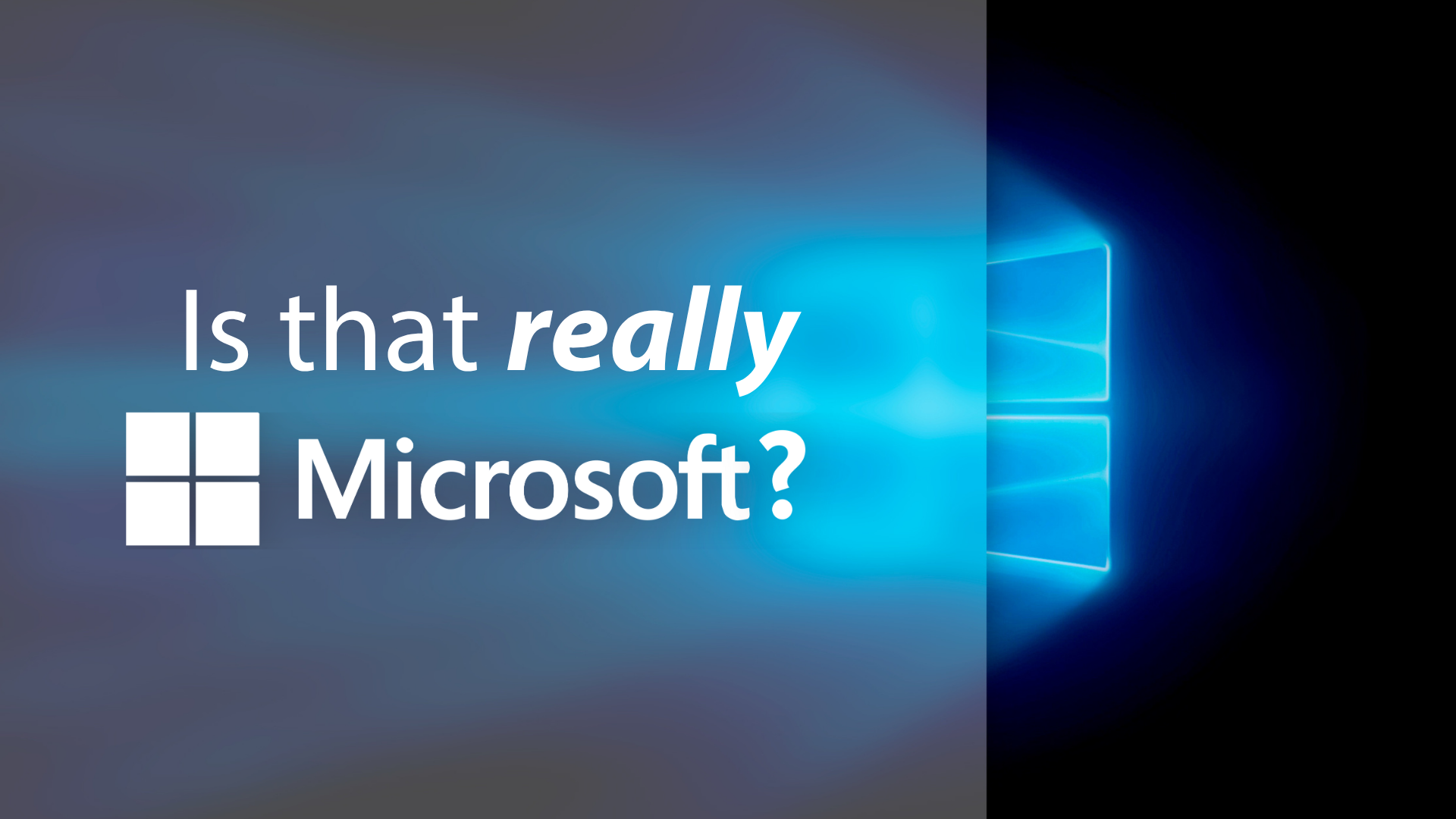
When you get an email from Microsoft, you probably do not think twice about opening it. After all, it is Microsoft, one of the biggest and most trusted tech companies around.
But what if that email is not from Microsoft at all?
Cybercriminals love to use trusted brands to trick people. Right now, Microsoft is the most impersonated company in the world when it comes to phishing scams.
Recent research shows that 36 percent of brand-related phishing attacks in early 2025 were pretending to be Microsoft. That is a huge number.
Google and Apple are next on the list. Together, these three tech giants make up more than half of all phishing scams out there.
So, what is going on? And more importantly, how can you keep your business safe?
Let’s start with the basics. Phishing is when a criminal sends a fake email, text, or message that looks like it is from a company you know and trust. The goal is to get you to click a link, open an attachment, or share sensitive information like passwords, credit card numbers, or even your full identity.
Once that happens, the consequences can be serious. Stolen money, hacked systems, confidential data leaks. It is a mess nobody wants to deal with.
The problem is, phishing emails are getting smarter. There are fewer obvious spelling mistakes and suspicious-looking links. Scammers copy real company logos, set up fake websites that look just like the real thing, and even spoof email addresses so messages appear to come from Microsoft, Google, or Apple.
Researchers have also seen a rise in phishing attacks pretending to be Mastercard, with fake websites tricking people into giving up their card details.
It is a worrying trend, and it shows cybercriminals are always finding new ways to catch people off guard.
So, how can you tell if that email from Microsoft is genuine or a dangerous fake?
It all comes down to slowing down and staying sharp.
A real email from Microsoft will never pressure you to act urgently, like “Click this link immediately or your account will be locked.” That kind of language is a clear warning sign.
Always check the sender’s email address closely. Sometimes it looks right at first glance, but a closer look reveals small changes like “micros0ft.com” instead of “microsoft.com.” Cybercriminals count on you not noticing those tiny differences.
And whatever you do, avoid clicking on links from emails you are not sure about. If you have any doubt, open your browser and type the official website address manually. It is always safer that way.
Being cautious might seem like a hassle, but it is nothing compared to dealing with the fallout of a cyberattack.
Phishing scams are only getting more convincing. That is why it is so important to:
Remember, the more trusted a brand is, the bigger a target it becomes for scammers. That email that looks like it is from Microsoft might actually be a wolf in sheep’s clothing.
We can help you and your team stay protected and more vigilant against phishing threats like these. Reach out any time if you would like support or guidance.
